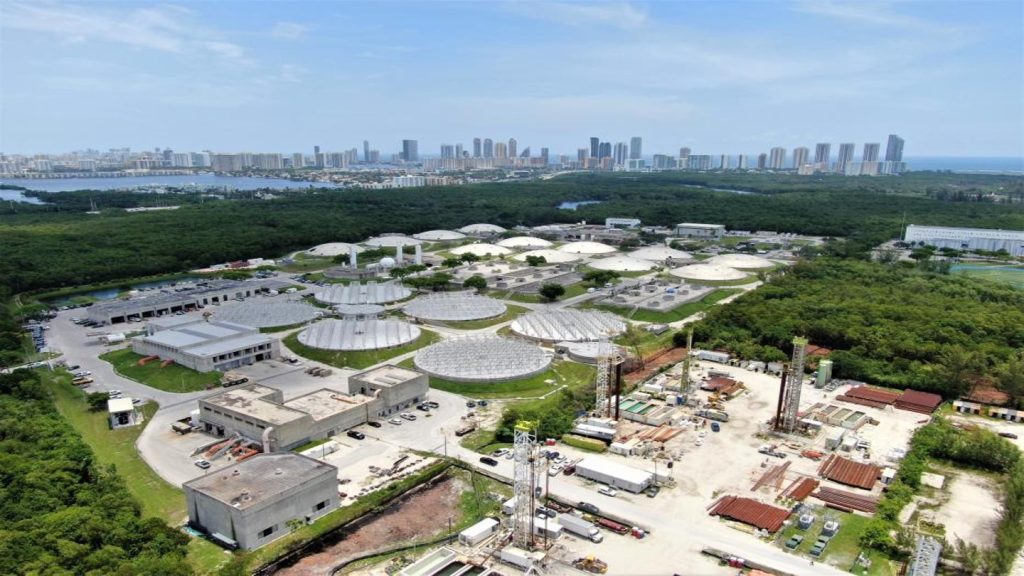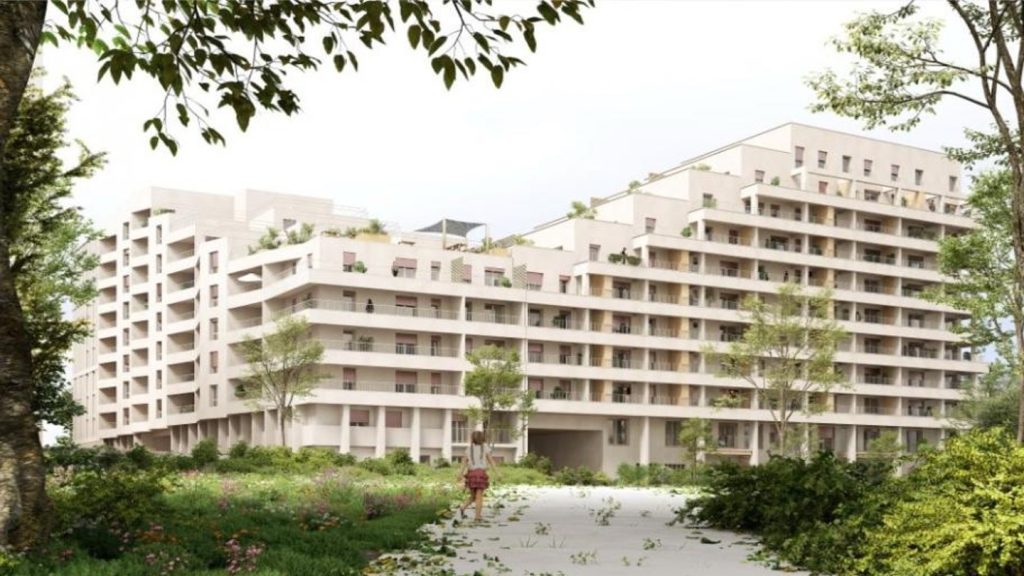Working in an array of mediums and firmly established as one of the world’s leading industrial designers, Marcel Wanders is a difficult man to categorise.
Having first gained recognition as a key member of the Droog design group and as creator of the Knotted Chair in 1996, his career has evolved to incorporate interests as diverse as hotels, architecture and academia. He has worked with leading architectural practices such as MVRDV and tec Architecture, as well as designers Jurgen Bey and Philippe Starck.
Other highlights include the co-development of the Lute Suites concept, the first "all over city suites" hotel in the world, which triggered a successful line of projects including the interior of the Thor restaurant at the Hotel on Rivington, New York, and the Kameha Grand Bonn Hotel in Germany. His designs have been exhibited across the world and can be seen in the museums of modern art in New York and San Francisco, the V&A in London and the Museum of Decorative Arts in Copenhagen.
LEAF Review: Is pure architecture a discipline that appeals to you?
Marcel Wanders: I am not an architect. If I were to try, I probably wouldn’t be the best because I have neither the training nor the experience. Looking at buildings from my point of view is different, and architects probably don’t think it’s as good because they have a contrasting mentality. But it can be interesting, just because it’s different. If you look at the JVC building I designed in Mexico, they’re really built from the inside; the structural material is coming alive and it’s creating a place that people want to live in.
See Also:
LR: What approach do you take working on hotel projects?
How well do you really know your competitors?
Access the most comprehensive Company Profiles on the market, powered by GlobalData. Save hours of research. Gain competitive edge.

Thank you!
Your download email will arrive shortly
Not ready to buy yet? Download a free sample
We are confident about the unique quality of our Company Profiles. However, we want you to make the most beneficial decision for your business, so we offer a free sample that you can download by submitting the below form
By GlobalDataMW: There’s a big market for boring hotels where you can be quiet, nice, gentle, and that’s fine. In fact, there’s a bigger market for that than there is for what I create. But a hotel has to make a long-distance impression, and once you’re there, all expectations must be exceeded. I’m looking for something unique.
If you want to do a fantastic conference and energise, say, 500 salespeople, then you want to show them that the future will be different. You want to inspire them to think beyond what they would normally think, so you can’t bring them to a boring hotel. There is a great need for a completely different energy, and I think the Kameha Grand Bonn hotel that I co-designed is like that.
LR: Do you still keep in touch with Jurgen Bey and Hella Jongerius from Droog?
MW: Jurgen and I haven’t had so much contact, but we’re friends so we see each other every year, you know, for coffee. We’re working hard so it’s not that we aren’t very sociable, but even when we were in the same company, we were not close. It’s strange because you can see a kind of collaborative spirit in that work.
When Hella and I were working together we had a really good time. In Milan we met each other for drinks once or twice, then perhaps once a year we met each other at somewhere like a party. But you know, I don’t need to talk with her to know where she is, I’m very close to her spirit. It’s not like she’s suddenly going to surprise me tomorrow and it’s the same with Jurgen – these two are very dear to me.
LR: Are you as stimulated by contemporary culture as you were when you started out?
MW: Yes, and I want to be part of that culture; I want to be in the middle of it. I think it’s what creative people do. The important questions are: why do we do new things? Why do we think it’s important to do new things?
LR: Why don’t we just copy the things we did before?
MW: That’s really hard to answer, but I think it’s of a core importance to all of us, and it’s probably one of the most important needs we have, to feel our lives make a difference.
LR: Do you think it is a particularly strong time for Dutch designers at the moment?
MW: It seems to me that what we have in the Netherlands is very special. When I see what’s happened over the last few years, it’s pretty amazing. There really is fantastic creativity going on, a fantastic crowd of people making new things and breaking boundaries. I’m very excited about it and I hope we can keep on giving value to this world. That’s what we’re all trying to do as designers.
LR: How do you feel your work makes a difference to the world?
MW: I couldn’t live if I knew I didn’t make a difference. I think change allows us to feel that we are here to be part of a bigger change, that we are making that change – that we all have our little part in it.
I make little distinctions; I push the world in a certain direction. We all push in the direction of our hearts, and that’s different to the hearts of previous generations.
LR: So, would you say we’re always moving forward?
MW: My father was a great guy and when he was my age he was just sitting in a chair, thinking about the world really differently to how I do – thinking about life, family, love, future, finances. I’m pushing the world in my direction because I think it’s important to get it ready for the next generation.
LR: What direction are these thoughts taking?
MW: All the time, together, we are building a culture, a knowledge base, and that gives me inspiration. I want to show that, in our hearts, we think about the little things, and I think it’s important because, again, it shows the little distinctions between my father and me. My father would think one way, and I would think another. Neither perspective is better or worse, but it’s through the little moves and compromises that we create the world together, ultimately creating great value.







